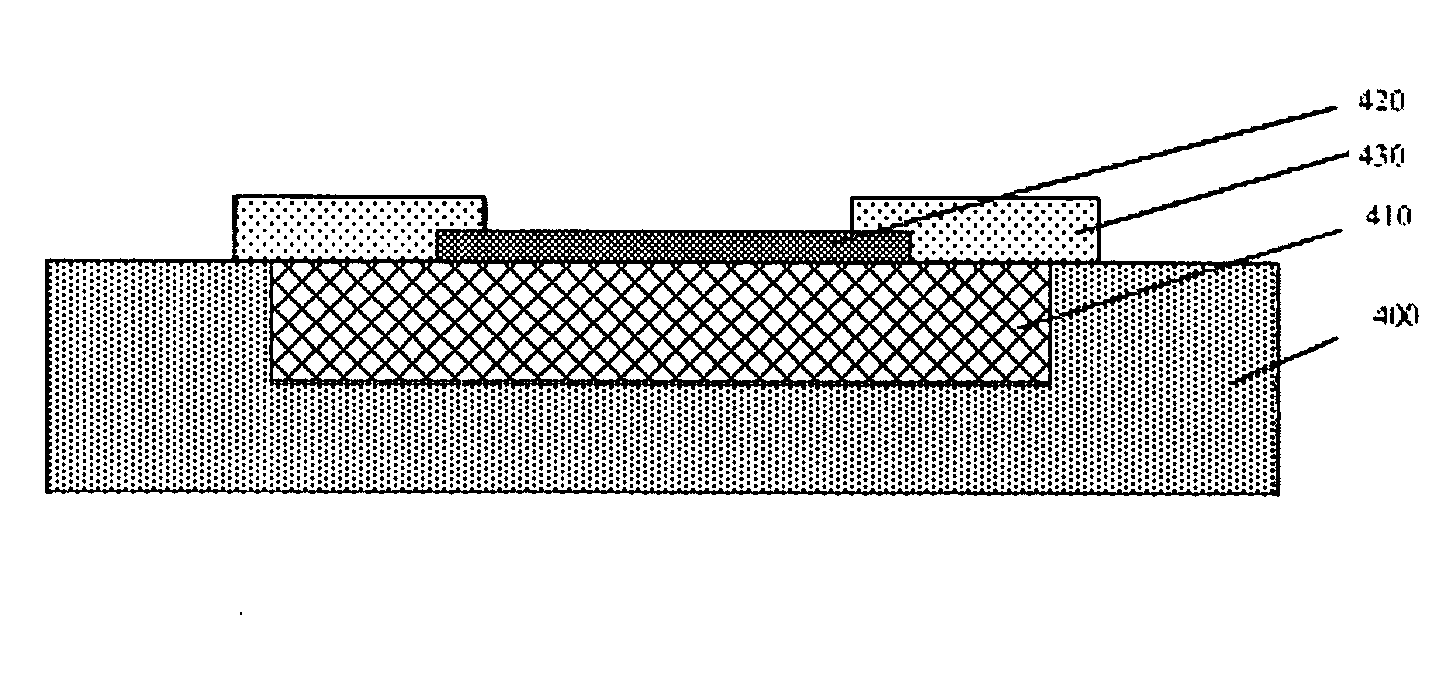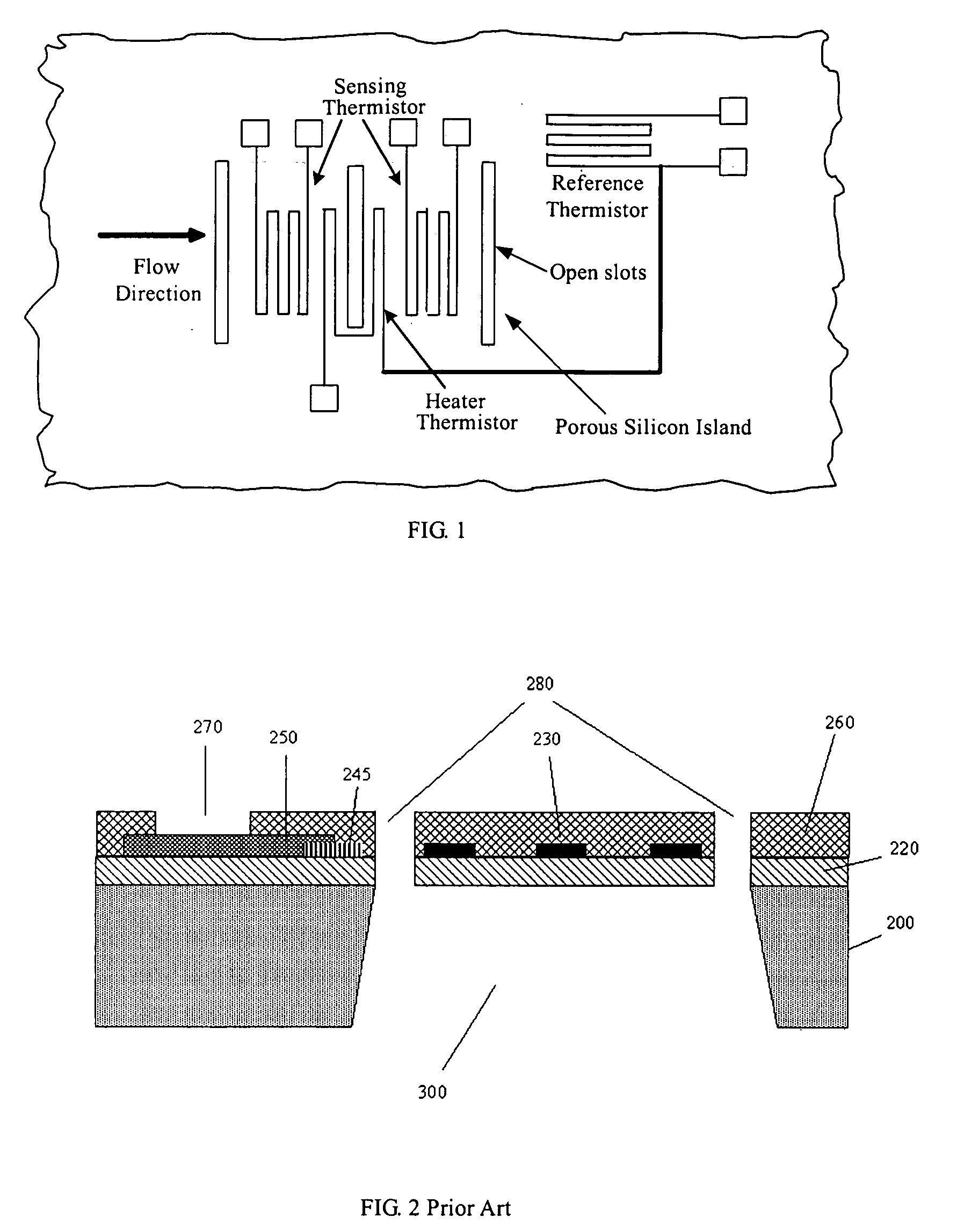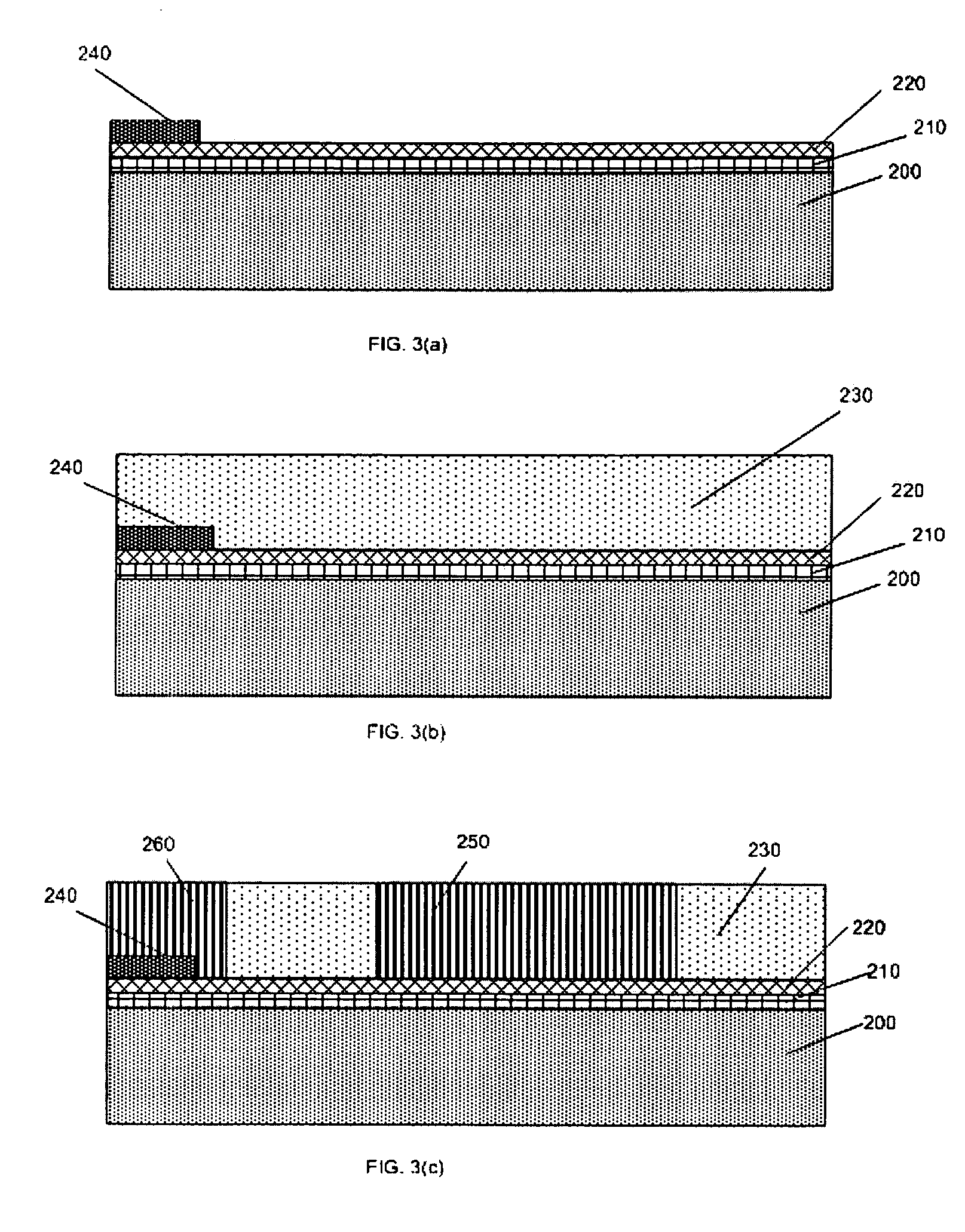Micromachined Thermal Mass Flow Sensor With Self-Cleaning Capability And Methods Of Making the Same
a micro-machined, sensor technology, applied in the direction of instruments, liquid/fluent solid measurement, volume metering, etc., can solve the problems of high power consumption, constrained conventional mass flow sensor technology, and often malfunctioning conventional thermal mass flow meters in dirty fluid channels, etc., to achieve robust self-cleaning surface and superior flow measurement performan
- Summary
- Abstract
- Description
- Claims
- Application Information
AI Technical Summary
Benefits of technology
Problems solved by technology
Method used
Image
Examples
Embodiment Construction
[0028]FIG. 1 illustrates a top view of preferred sensor topology. The reference thermistor is aimed to measure the ambient temperature. The ambient temperature signal provides the feedback to a closed-loop heater thermistor control circuit. The control circuit is designed to keep the heater temperature constantly above the ambient temperature. The upstream and downstream thermistors besides the heater thermistor are worked as temperature sensing elements.
[0029]The working principle behind the fluid speed measurement in a fluid passage is primarily based on anemometry and calorimetry. Since the heater thermistor is operating under constant temperature mode, two major embodiments in the present invention are included:[0030](1) The heater thermistor and reference thermistor are working together as an MEMS constant temperature mode anemometer, which could measure a large dynamic flow rate.[0031](2) The heater thermistor and the two downstream / upstream thermistors comprise a calorimetric...
PUM
 Login to View More
Login to View More Abstract
Description
Claims
Application Information
 Login to View More
Login to View More - R&D
- Intellectual Property
- Life Sciences
- Materials
- Tech Scout
- Unparalleled Data Quality
- Higher Quality Content
- 60% Fewer Hallucinations
Browse by: Latest US Patents, China's latest patents, Technical Efficacy Thesaurus, Application Domain, Technology Topic, Popular Technical Reports.
© 2025 PatSnap. All rights reserved.Legal|Privacy policy|Modern Slavery Act Transparency Statement|Sitemap|About US| Contact US: help@patsnap.com



